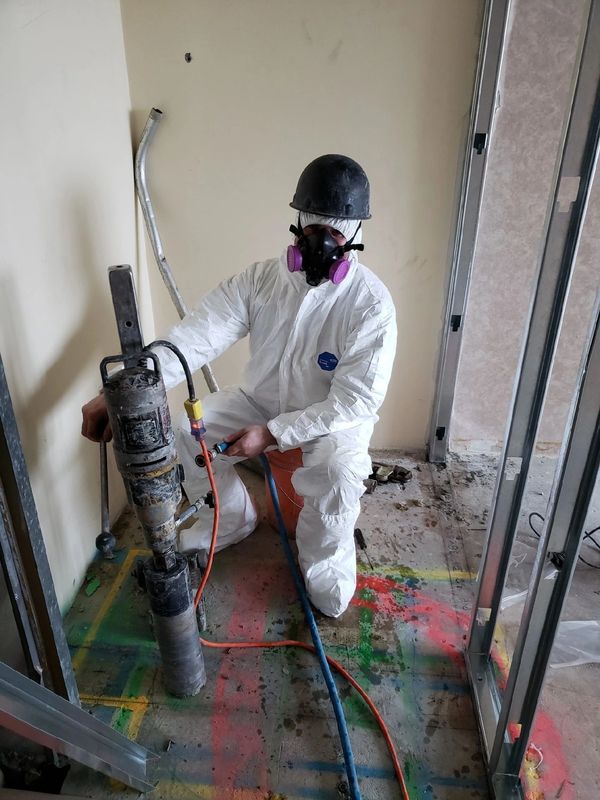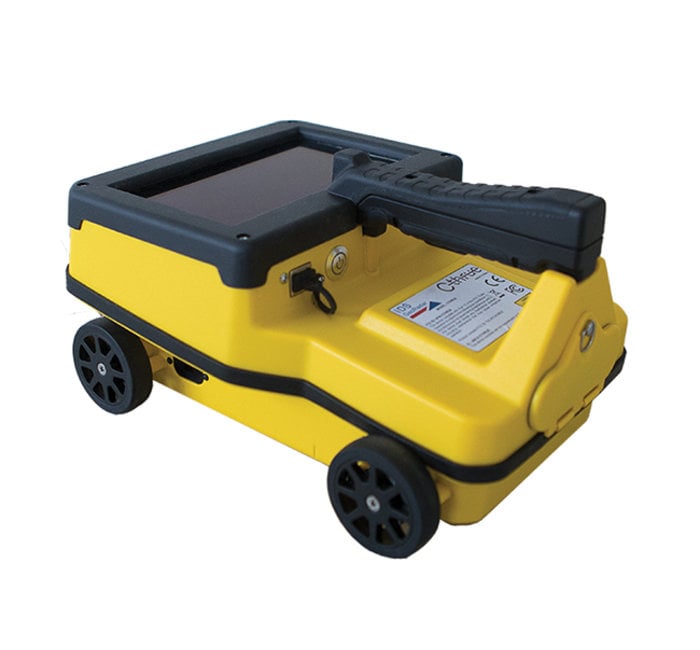Discover Hidden Obstacles with RainierGPR Concrete Scanning Modern Technology
Discover Hidden Obstacles with RainierGPR Concrete Scanning Modern Technology
Blog Article
The Relevance of Precise Concrete Scanning in Finding Underground Hazards
In the realm of building and framework growth, the value of precise concrete scanning can not be overstated. Underneath the apparently strong ground lie elaborate networks of utilities, pipelines, and other subsurface structures that are often undetectable to the nude eye. The ability to accurately find and map these underground risks is not simply an issue of comfort however an essential element of making sure the security of both building and construction employees and the honesty of the job itself. By deploying innovative scanning modern technologies and methods, specialists can reveal surprise dangers, avoid pricey damages, and inevitably lead the way for smoother and much safer construction undertakings.
Advanced Scanning Technologies for Detection
Innovative radar systems are changing the field of underground detection by supplying unrivaled precision and effectiveness. These innovative scanning modern technologies utilize ground-penetrating radar (GPR) to create in-depth photos of subsurface frameworks, using insights right into what lies below the surface with exceptional clarity. By sending out high-frequency pulses into the ground and gauging the reflections, radar systems can identify variants in material composition and find below ground threats such as cables, pipes, and voids.
One of the key advantages of these sophisticated radar systems is their non-invasive nature, permitting complete evaluations without triggering damage to the existing structures. This not just makes certain the safety and security of the surrounding atmosphere however likewise reduces the need for pricey fixings or disturbances to continuous construction projects. In addition, the real-time information offered by these scanning technologies makes it possible for quick decision-making and enhances total job efficiency.
Importance of Subsurface Mapping

Accurate subsurface mapping helps in protecting against pricey problems to existing underground facilities, decreasing the danger of crashes, and maintaining task timelines. It makes it possible for task supervisors to make educated decisions concerning site preparation, tools implementation, and resource allotment. Additionally, subsurface mapping permits for far better sychronisation among different groups functioning on a task and assists in conforming with regulatory requirements connected to below ground utility discovery.
Mitigating Dangers in Building Projects
Reliable danger mitigation approaches are necessary for making sure the success and safety of building and construction tasks. Identifying and addressing possible risks prior to they intensify is essential in keeping job timelines, budgets, and general high quality. One vital facet of mitigating threats in construction jobs is extensive planning and evaluation at the preliminary stages. Carrying out comprehensive site surveys, including precise concrete scanning for below ground hazards, can aid in identifying prospective issues early. Utilizing sophisticated modern technologies like ground-penetrating radar and electromagnetic induction can assist in discovering energies, rebar, or other blockages that might pose dangers throughout construction.
In addition, establishing clear communication channels amongst all task stakeholders and ensuring rigorous adherence to safety protocols are important elements of threat reduction. Normal inspections, quality assurance procedures, and tracking of job progression can aid in recognizing and addressing any emerging risks quickly. Moreover, having contingency plans in location for unforeseen difficulties can substantially minimize the influence of disturbances on the task. By proactively carrying out durable danger mitigation techniques, construction projects can minimize hold-ups, price overruns, and safety and security occurrences, eventually resulting in successful project outcomes.

Stopping Costly Damages and Delays
To lessen economic losses and task setbacks, effective techniques have to find out be implemented to stop pricey damages and delays in construction projects. One critical means to attain this is by conducting comprehensive concrete scanning before any type of excavation work begins. By using sophisticated scanning innovations such as ground-penetrating radar (GPR) and electro-magnetic induction, construction groups can properly identify below ground threats like rebar, avenues, and various other utilities. Determining these obstructions early on helps in intending the task design a lot more effectively and avoiding potential problems throughout excavation.
Additionally, spending in training programs for building workers on the significance of concrete scanning and secure excavation methods can considerably lower the danger of delays and crashes. Clear communication networks between job managers, designers, and on-site workers are likewise important to ensure that everybody understands the prospective hazards and complies with the necessary procedures to avoid expensive damages. By prioritizing aggressive steps like concrete scanning and advertising a culture of security and recognition, construction jobs can decrease the financial effect of unanticipated underground blockages and stay clear of costly delays.
Ensuring Safety And Security of On-Site Personnel
By prioritizing positive actions such as extensive training programs and clear interaction networks, building and construction projects can make sure the safety and security of on-site personnel amid the prospective threats detected through concrete scanning. Appropriate training outfits employees with the knowledge and skills needed to navigate building and construction websites securely, especially when hazards are identified with scanning procedures. Training must cover threat acknowledgment, emergency situation procedures, and the proper usage of personal protective devices to alleviate dangers successfully.
In addition, developing clear interaction networks is vital for sharing details concerning recognized dangers immediately. This makes certain that all on-site employees are mindful of possible risks and can take needed safety measures to prevent accidents. Regular safety and security instructions, tool kit talks, and constant updates relating to scanning results assistance keep everyone notified and proactive in maintaining a secure workplace.
Additionally, executing strict adherence to safety and security methods and guidelines, conducting normal safety and security audits, and promoting a this page culture of safety awareness among workers are vital parts in guaranteeing the well-being of on-site employees during construction tasks - RainierGPR Concrete Scanning. Positive precaution not only protect employees from damage but additionally add to the overall success and performance of the job
Conclusion
Utilizing innovative scanning modern technologies and subsurface mapping helps mitigate risks in building tasks, preventing costly damages and delays. It is imperative for construction companies to prioritize the use of exact scanning approaches to decrease possible hazards and ensure a smooth building process.
By proactively carrying out durable danger mitigation approaches, construction jobs can reduce hold-ups, cost overruns, and security events, eventually leading to successful project end results. - RainierGPR Concrete Scanning
To lessen monetary losses and project setbacks, reliable strategies need to be executed to avoid expensive problems and hold-ups in building projects. By prioritizing aggressive procedures like concrete scanning and promoting a culture of security and his response awareness, construction tasks can minimize the monetary impact of unexpected underground blockages and stay clear of pricey delays.
By prioritizing positive actions such as detailed training programs and clear interaction channels, building tasks can ensure the safety of on-site workers in the middle of the prospective threats spotted with concrete scanning. Using sophisticated scanning modern technologies and subsurface mapping helps minimize threats in construction tasks, protecting against costly problems and hold-ups.
Report this page